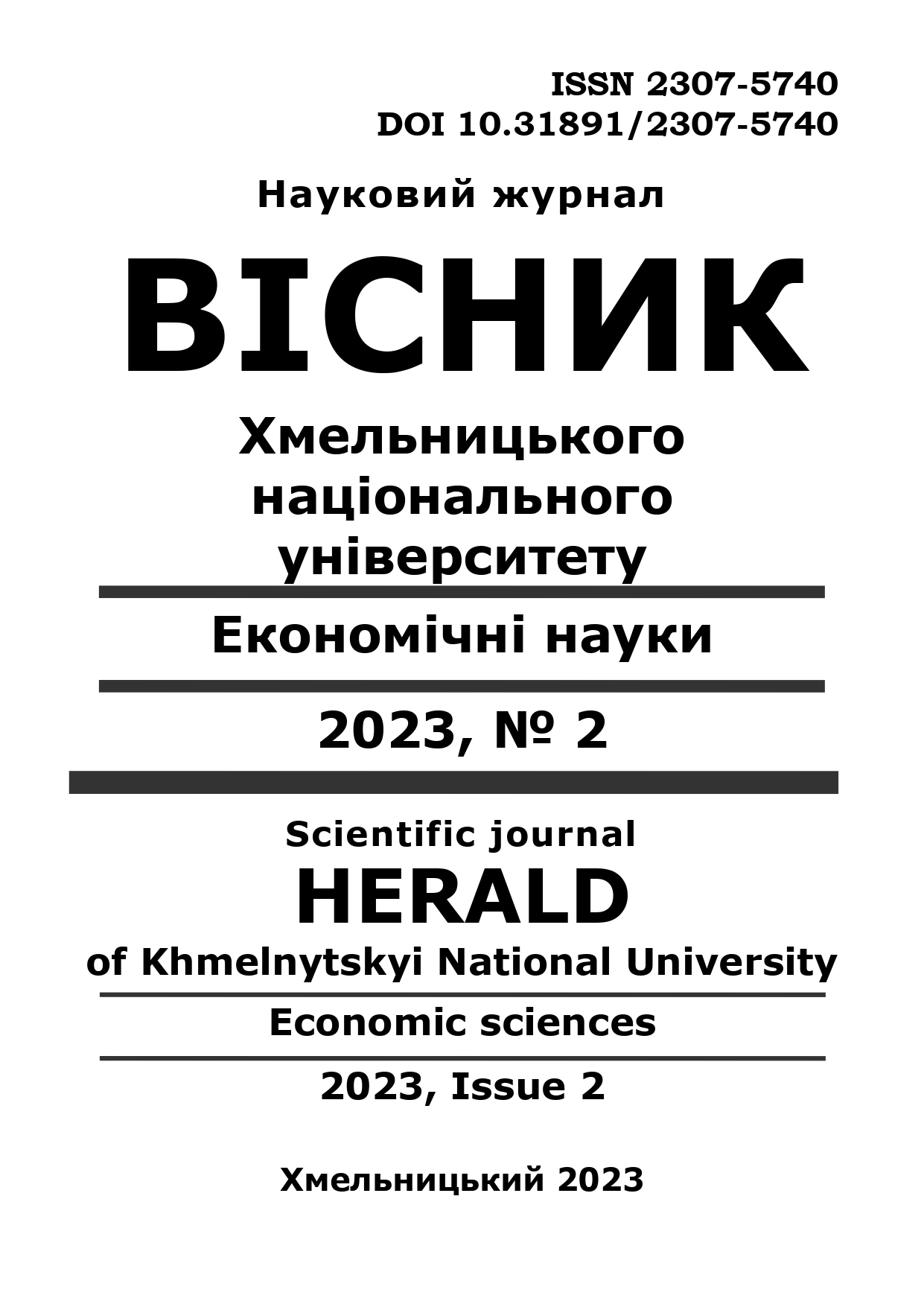HR-ENGINEERING IN THE ASPECT OF QUANTITATIVE ASSESSMENT ABILITY OF WORKERS TO WORK
DOI:
https://doi.org/10.31891/2307-5740-2023-316-2-6Keywords:
quantitative assessment, labor, HR-engineering, remunerationAbstract
The article presents the main theoretical approaches and practical recommendations for the quantitative assessment of workers' abilities to work. The essence of the assessment, principles and content of its conduct are revealed. Methodological recommendations have been developed for determining the index of the worker’s ability to work, which is a relative indicator that characterizes the ratio of normative labor costs that are absolutely necessary for a worker of some average ability to work to perform a specified job or a set of jobs in the operation cycle in the given organizational and technical conditions of production. to the labor costs that are actually spent by a specific worker with his inherent labor abilities when performing the same work or a set of works under similar production conditions. A step-by-step method of conducting a quantitative assessment is proposed and thorough methodological recommendations are given for determining the individual workload for each worker at different intervals of time, which he is able to systematically perform according to his work abilities for a certain time in certain organizational and technical conditions of production and exchange for a certain amount salary. It has been proven that the establishment of an individual regulatory workload for each worker requires the simultaneous division into component elements of both technological and labor processes, taking into account the personal abilities of workers to work. The role and significance of the quantitative assessment of workers' abilities to work in the aspect of the most complete and effective use of each worker's labor resource and the achievement of the highest labor productivity are highlighted.


